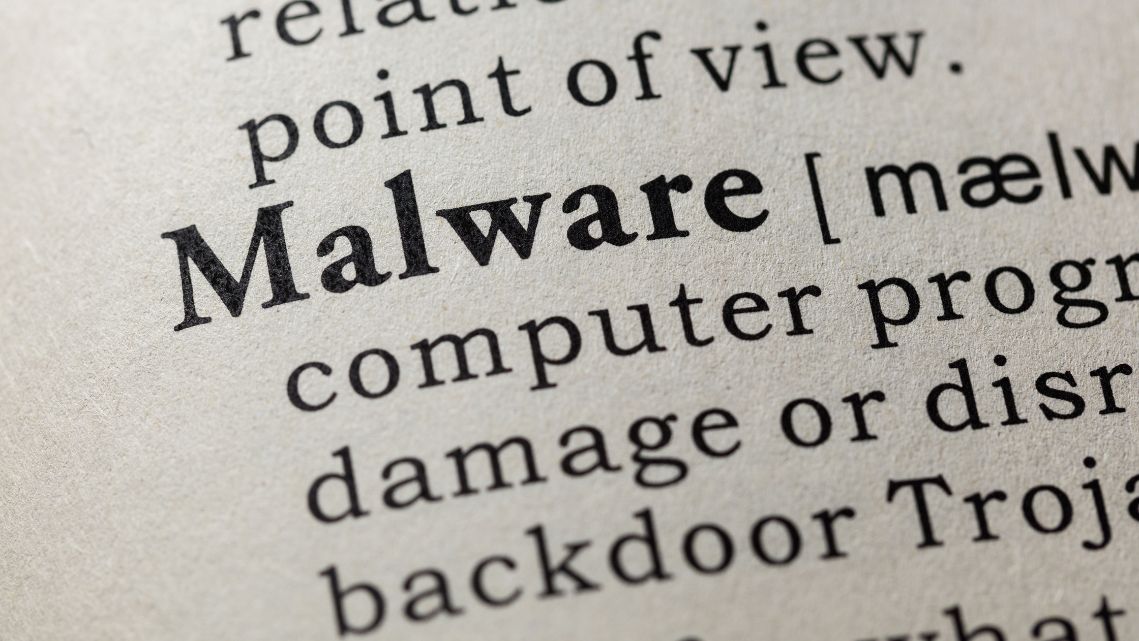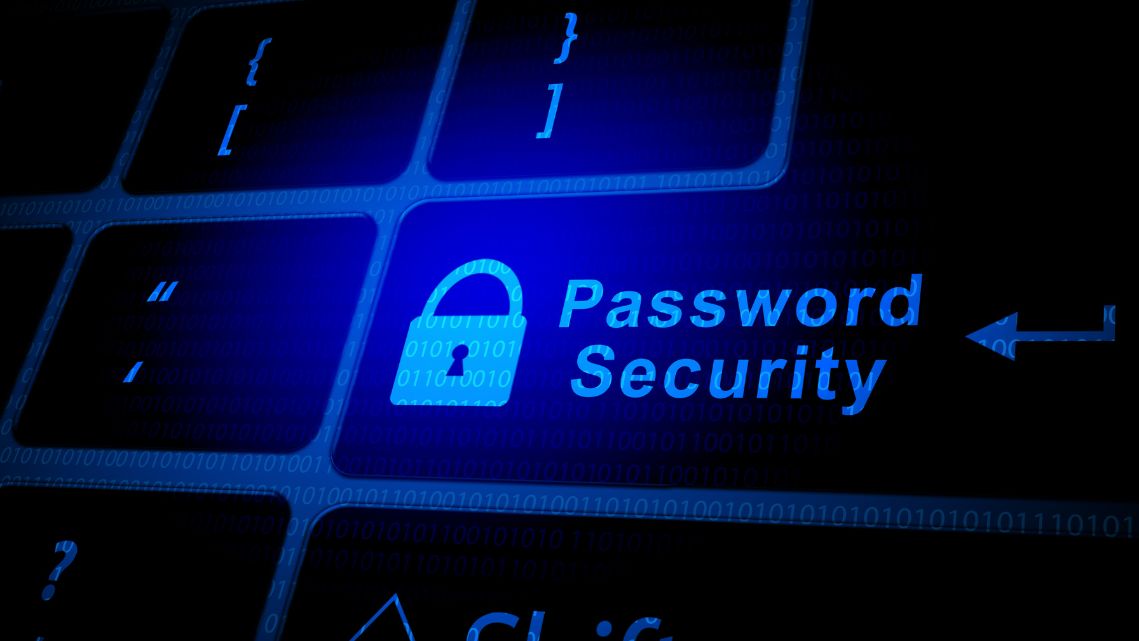What You Need to Know and How to Protect Yourself
Consumers often prefer online banking for its convenience, including the ability to access account information and make transactions with just a few taps or clicks. A Study released by Chase in 2023 found that 87 percent of Americans use their banking app at least once a month. With increased usage, however, comes a higher risk of cybersecurity problems.
The Federal Deposit Insurance Corp. (FDIC) has alerted consumers to fake bank websites and banking apps designed to steal money or personal information. The agency recommends researching banking websites to verify their legitimacy, as well as being cautious of apps that ask for suspicious permissions.
Cybersecurity expert Paul Benda relays a story about the time that hackers tried to break into his bank account and steal his money. “They found out my login, but didn’t know my password,” says the senior vice president of risk and cybersecurity policy at American Bankers Association.
Fortunately, the cyber thieves were foiled. “I called up my bank and locked down my account,” Benda says.
In recent months, the USA has seen a significant rise in bank account hacks, leaving thousands of consumers and businesses vulnerable to financial loss and identity theft. Cybercriminals are becoming increasingly sophisticated, employing advanced techniques to bypass security measures and exploit vulnerabilities. This comprehensive article delves into the current state of bank account hacks, the methods used by hackers, and effective strategies to safeguard your finances.
Understanding the Surge in Bank Account Hacks
Rising Incidents and Impact
The frequency of bank account hacks has surged dramatically, causing widespread concern among financial institutions and consumers alike. According to recent reports, there has been a 30% increase in hacking incidents compared to the previous year. This alarming trend highlights the urgent need for robust cybersecurity measures and heightened awareness.
The financial impact of these hacks is staggering. Victims often face substantial financial losses, sometimes amounting to thousands of dollars. Beyond the immediate monetary damage, victims also endure the stress and inconvenience of recovering compromised accounts, disputing fraudulent transactions, and repairing their credit scores.
Common Methods Used by Hackers
Phishing Attacks
Phishing remains one of the most prevalent tactics used by hackers to gain unauthorized access to bank accounts. Cybercriminals send deceptive emails or text messages that appear to be from legitimate financial institutions, tricking recipients into divulging sensitive information such as login credentials, Social Security numbers, and account numbers. Once obtained, this information is used to infiltrate accounts and initiate unauthorized transactions.


Malware and Spyware
Hackers deploy malware and spyware to infiltrate victims’ devices and steal sensitive information. These malicious programs can be delivered through infected email attachments, compromised websites, or software downloads. Once installed, malware can record keystrokes, capture screenshots, and transmit data to the attacker, enabling them to gain control over bank accounts.
Credential Stuffing
Credential stuffing involves hackers using previously stolen usernames and passwords to gain access to multiple accounts. This method exploits the common practice of reusing passwords across different platforms. If a hacker obtains login credentials from a data breach, they can test those credentials on various banking sites, often successfully gaining unauthorized access.

Protecting Your Bank Accounts: Essential Tips

Enhance Your Password Security
Creating strong, unique passwords for each of your online accounts is crucial in preventing unauthorized access. Use a combination of letters, numbers, and special characters to create complex passwords. Avoid using easily guessable information such as birthdays or common phrases. Consider using a password manager to generate and store secure passwords.
Enable Two-Factor Authentication (2FA)
Two-factor authentication (2FA) adds an extra layer of security to your online accounts. By requiring a second form of verification, such as a text message code or authentication app, 2FA significantly reduces the likelihood of unauthorized access. Enable 2FA on all your banking and financial accounts to enhance their security.
Be Cautious of Phishing Attempts
Exercise caution when receiving unsolicited emails, text messages, or phone calls requesting sensitive information. Verify the legitimacy of the communication by contacting your bank directly using official contact information. Avoid clicking on suspicious links or downloading attachments from unknown sources.
Keep Your Software Updated
Regularly updating your operating system, antivirus software, and applications helps protect your devices from malware and other cyber threats. Software updates often include security patches that address vulnerabilities, making it more difficult for hackers to exploit your devices.
Monitor Your Accounts Regularly
Frequent monitoring of your bank accounts allows you to detect unauthorized transactions quickly. Set up account alerts to receive notifications of any suspicious activity. If you notice any unauthorized transactions, report them to your bank immediately to mitigate potential damage.
The Role of Financial Institutions in Combating Hacks
Implementing Advanced Security Measures
Financial institutions play a critical role in safeguarding customer accounts from hackers. Many banks are adopting advanced security measures, such as biometric authentication, artificial intelligence (AI)-driven fraud detection, and end-to-end encryption. These technologies help detect and prevent unauthorized access, providing customers with enhanced security.
Customer Education and Awareness
Banks are increasingly focusing on educating their customers about cybersecurity best practices. By providing resources, workshops, and alerts, financial institutions aim to raise awareness about the latest threats and how to avoid them. Customers who are informed about common hacking tactics are better equipped to protect their accounts.
Real-Life Stories: The Human Impact of Bank Account Hacks
Case Study: A Small Business Owner's Nightmare
Jane Doe, a small business owner in California, recently fell victim to a bank account hack that nearly crippled her business. Cybercriminals gained access to her business account through a sophisticated phishing attack, draining $50,000 in a matter of hours. Despite quick action and collaboration with her bank, Jane faced weeks of financial instability and stress while working to recover the stolen funds.
Lessons Learned and Precautions Taken
Jane’s experience underscores the importance of vigilance and proactive security measures. She now uses unique passwords for all her accounts, has enabled 2FA, and regularly monitors her accounts for suspicious activity. Jane also educates her employees about cybersecurity, ensuring they recognize and report potential phishing attempts
Conclusion: Staying Vigilant in a Digital World
The rise in bank account hacks in the USA serves as a stark reminder of the evolving nature of cyber threats. By understanding the tactics used by hackers and implementing robust security measures, individuals and businesses can better protect their finances. Stay informed, stay vigilant, and take proactive steps to safeguard your bank accounts.


